Want a Gorgeous Garden? Let Mother Nature Do the Work
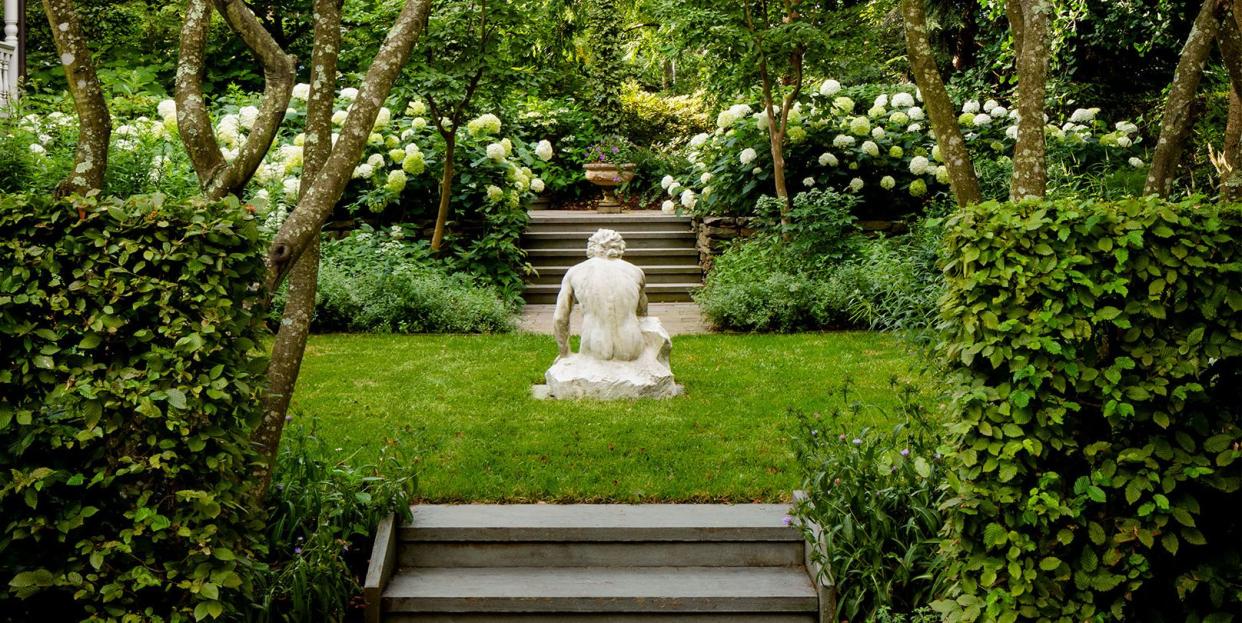
Above: At his Virginia home, landscape architect Thomas Woltz placed a marble sculpture among hydrangeas, hornbeam hedges, and serviceberry trees.
An immaculate flower bed bursting with lipstick-pink peonies, exotic lilies, and elegant climbing roses is a beautiful thing to behold. But after spending decades feeling as though they had to conquer nature by beating back weeds, banishing insects and animals, and toiling to maintain verdant swaths of green, many designers are now more focused on working hand in hand with nature to help landscapes tell their own stories.
“The garden has gone from just a place of pleasure to becoming the essential place of our well-being,” says Thomas Woltz, the owner of Nelson Byrd Woltz Landscape Architects, noting that the pandemic caused many people to realize just how vital it is to maintain a connection with the outdoors. At the same time, he says, the alarming effects of climate change—droughts, floods, wildfires, and fluctuations in wildlife populations—are forcing us to recalibrate our relationship with our surroundings and recognize the built-in genius of Mother Nature’s master plan.
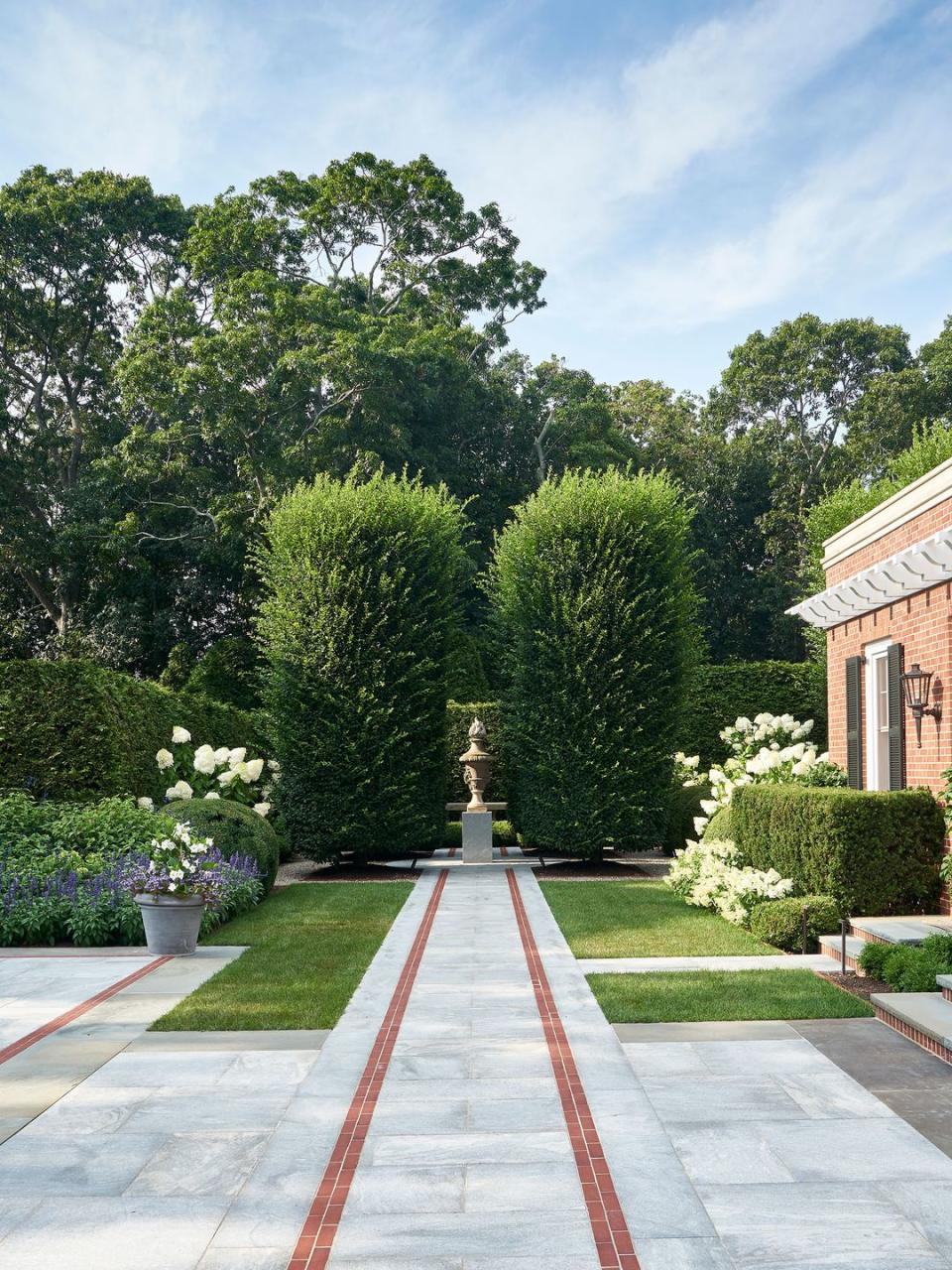
“Previously the conversation was always focused on issues of color, texture, and form,” Woltz says, as many of us sought to recreate elements of great gardens spied in Europe and Asia. While aesthetics are as important as ever, there is a new appreciation for gardens that are also beneficial to the environment and reflective of their unique place in the world.
“Eighty-five percent of our residential gardens are exotic plants, which is wild to think about, and much of the United States is covered by lawn,” says the landscape designer Lily Kwong. “People are looking at these yards that consume a ton of resources and asking, ‘Can I turn this into a native meadow? Can I turn this into a pollinator garden?’”
For many, the answer is an emphatic yes. “It used to be a hard sell to get people to do a natural-plant garden, but it’s not now,” says landscape architect Janice Parker. “People want sustainability and don’t want to use fertilizers, insecticides, and chemicals. They also understand that native plants will please our native wildlife and pollinators like bees, butterflies, and birds.”
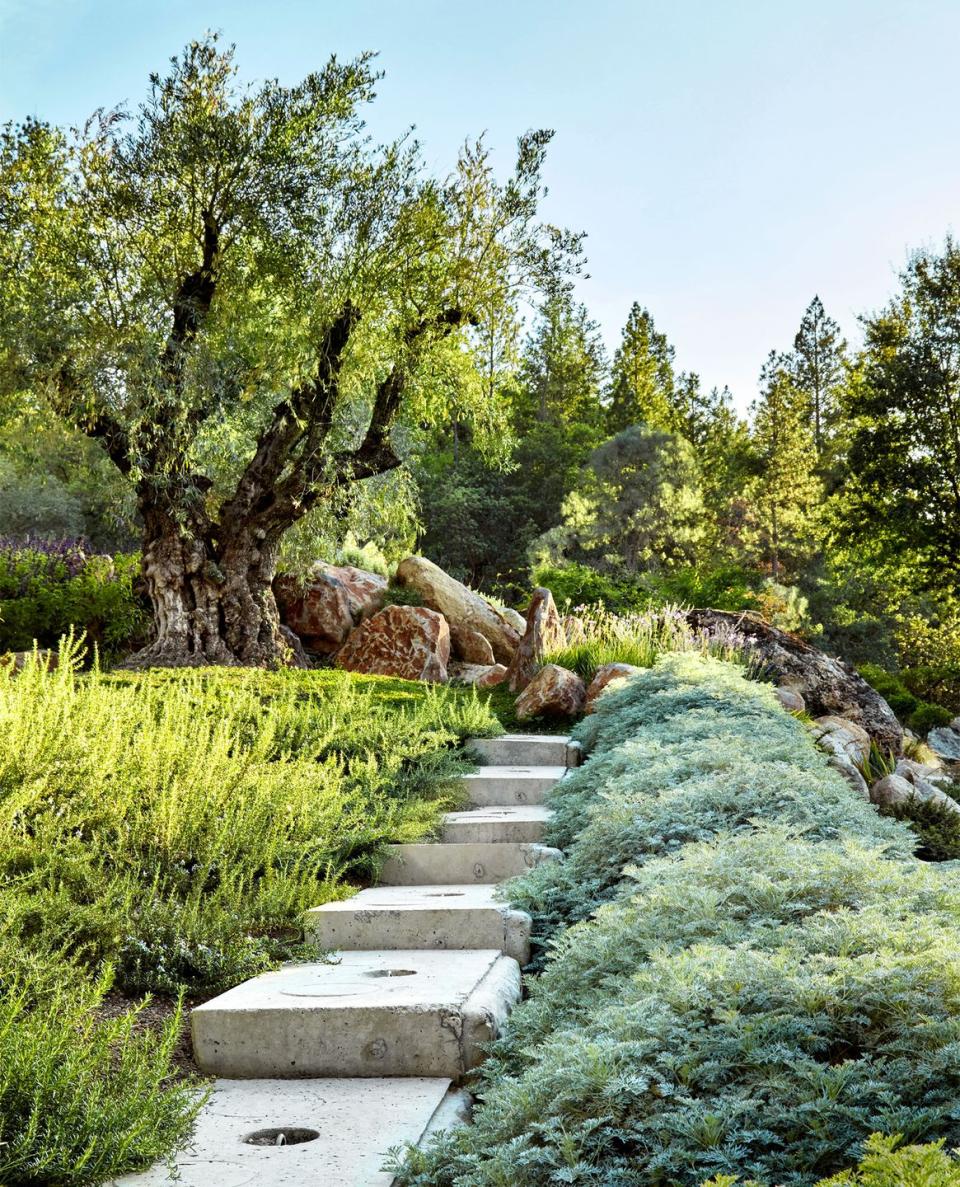
As Anooshey Rahim, the principal of landscape architecture firm Dune Hai, puts it: “No two gardens should look the same if they’re in different climates.” Rahim’s focus on sustainability extends to hardscaping too. In a recent garden in Northern California, for instance, she used offcuts of natural stone left over from other people’s projects to build serpentine walls that define planting beds stuffed with helenium and ornamental grasses. “It doesn’t need to be expensive to be beautiful, and you don’t have to ship in stone from Italy,” she says. “You can use simple materials in exciting ways.”
Of course, it’s important to remember that humans are garden creatures just as much as insects and animals are. The pandemic kicked off demand for functional spaces that allow people to get outside, Parker says, and that newfound passion for outdoor living is not abating. People want food production, including everything from herb and vegetable gardens to chicken coops; spaces for open-air exercise; and firepits and dining areas that allow family and friends to congregate even when the weather isn’t perfect.
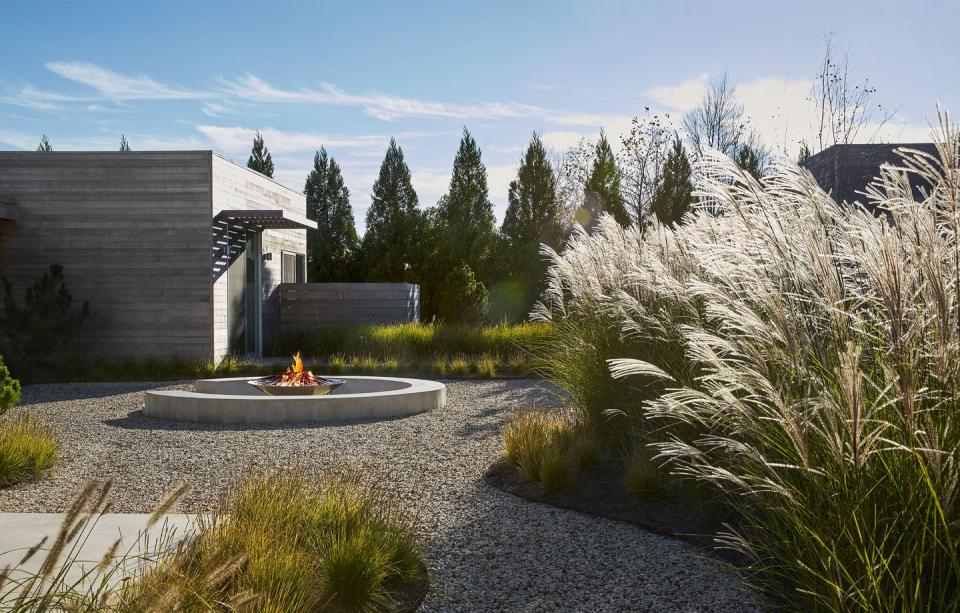
With the renewed interest in celebrating both people and place, some designers are also using gardens to communicate elements of history and culture. Woltz, for instance, recently completed Machicomoco, a state park in Virginia dedicated to the history of the Virginia Algonquian. Kwong dug into her ancestry and based her design of this year’s orchid show at the New York Botanical Garden on traditional Chinese landscape painting.
“We all have ancestral connections to the land,” Kwong says. “And rediscovering those connections is so important as we move forward in this incredibly precarious time.”
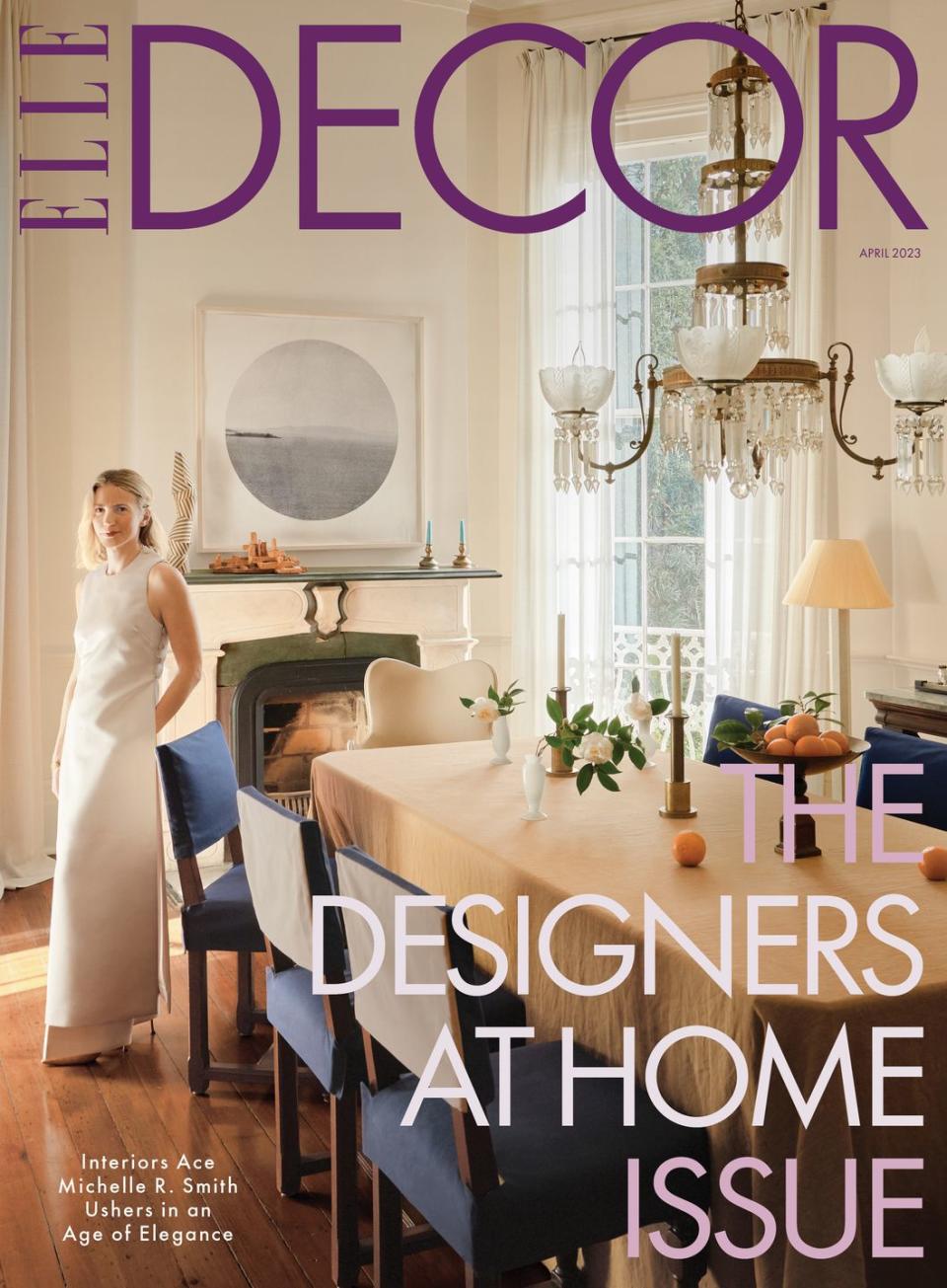
This story originally appeared in the April 2023 issue of ELLE DECOR. SUBSCRIBE
You Might Also Like

